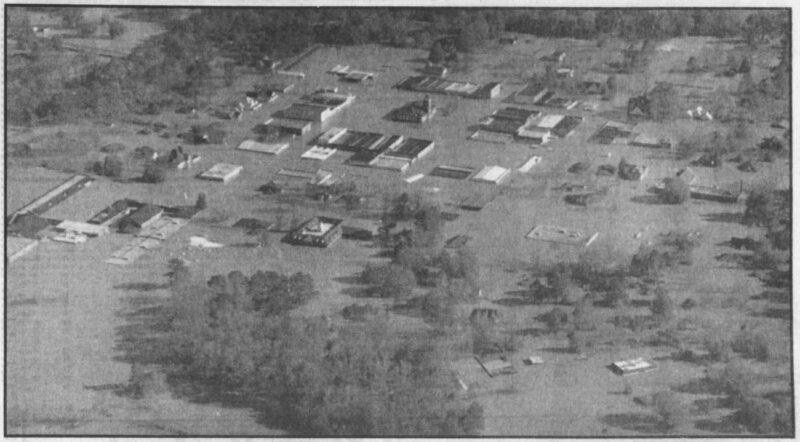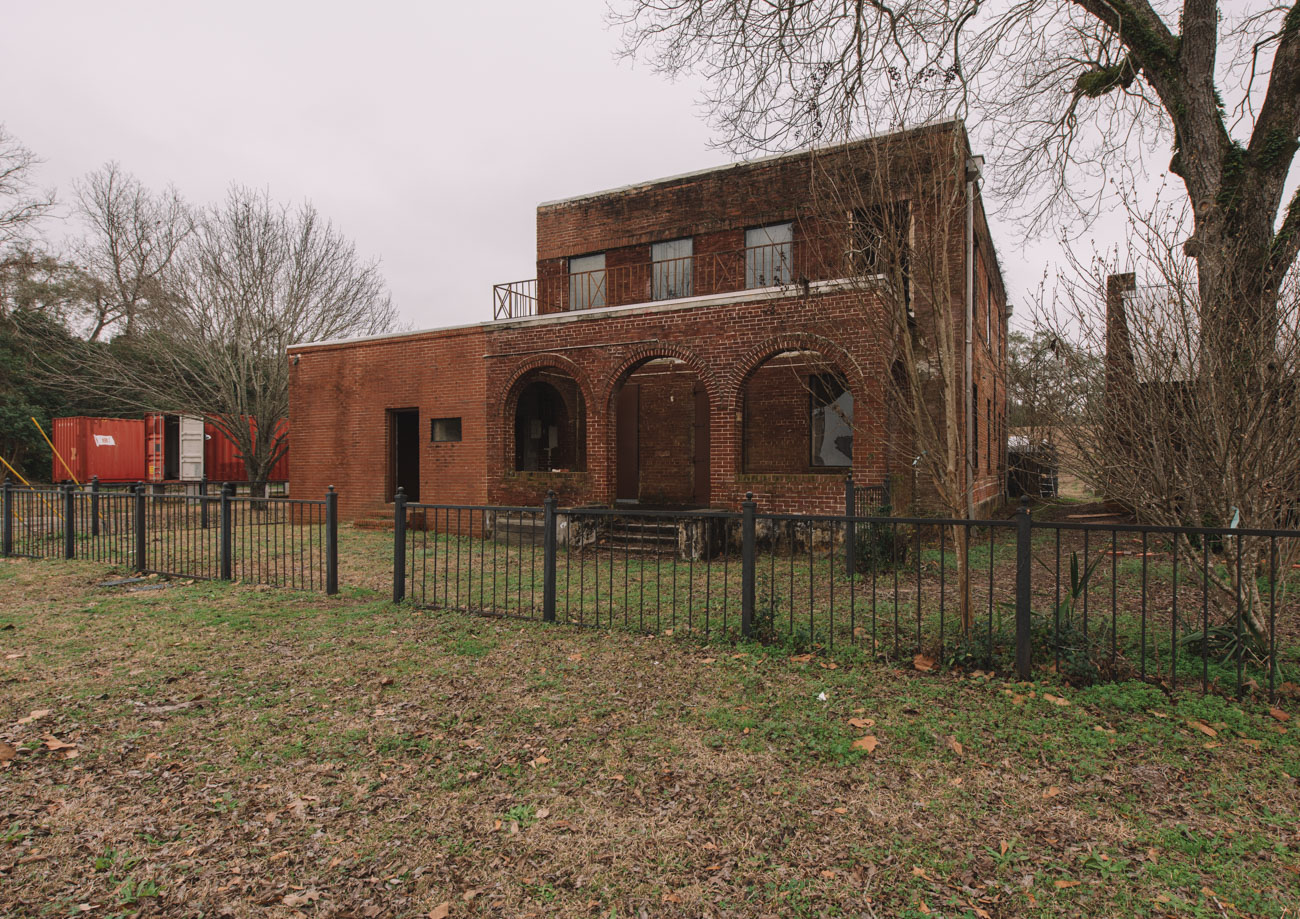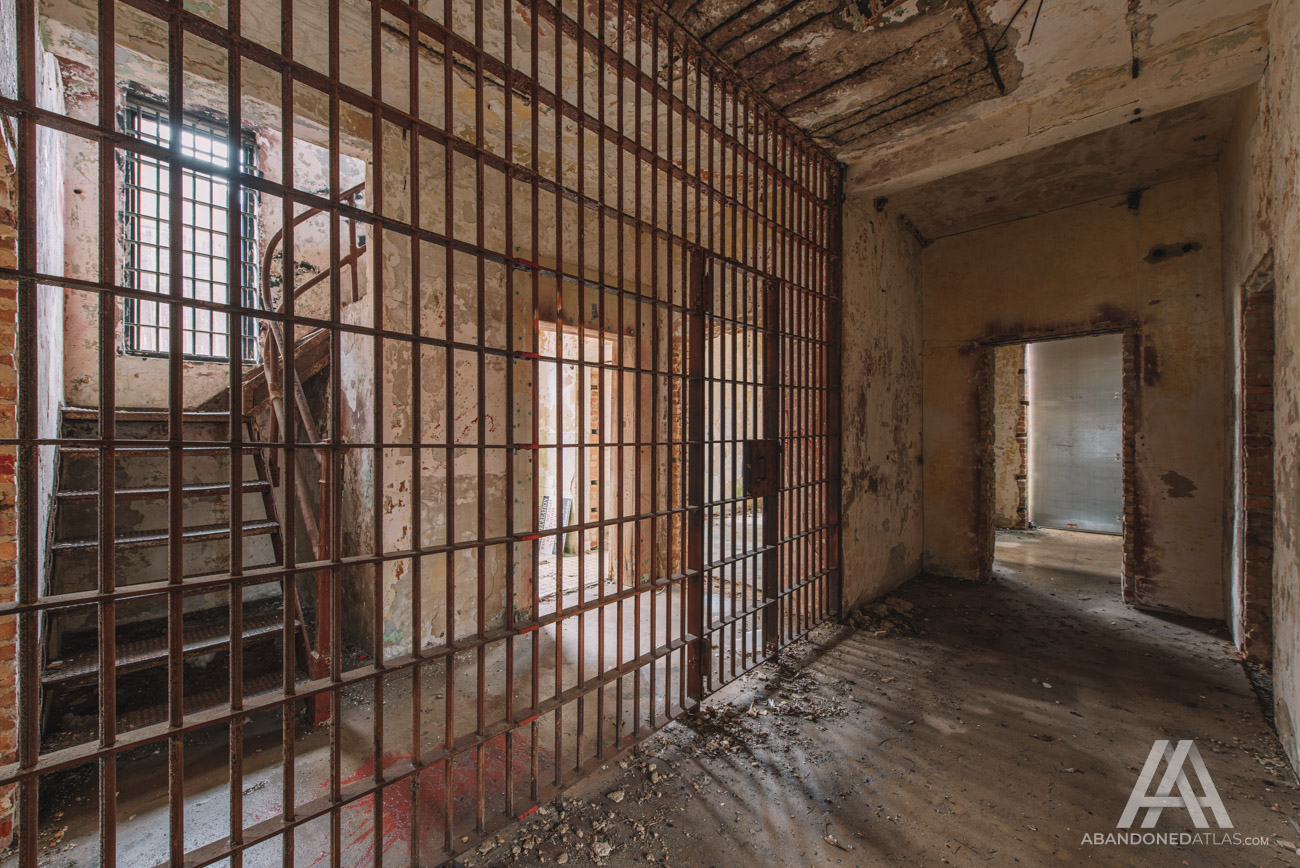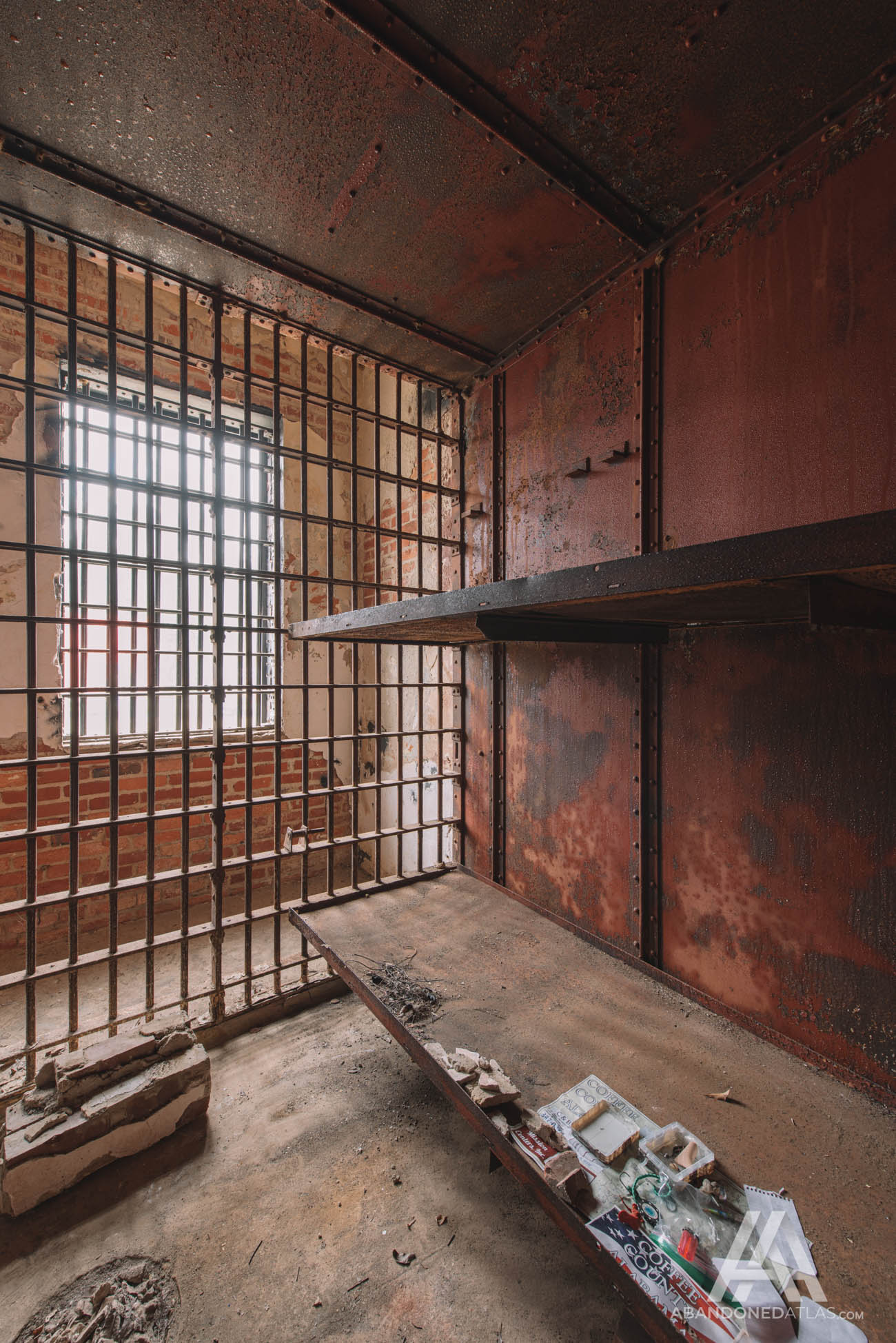| City/Town: • Elba |
| Location Class: • Community |
| Built: • 1912 | Abandoned: • 1990 |
| Historic Designation: |
| Status: • Abandoned |
| Photojournalist: • David Bulit |
Table of Contents
History of Coffee County, Ala.
The land in Coffee County was originally part of Dale County, which was incorporated in 1824. On December 29, 1841, Coffee County was established, named after John R. Coffee, a soldier in the Creek War of 1813-1814.
Commissioners Britton T. Atkinson, James Claxton, Thomas Cole, John B. Cruise, and Amos Wiggins were named to secure a “seat of justice” not exceeding 100 acres, and not more than six miles from the center of the county, and erect thereon a courthouse and jail, and lay off the remaining land into lots for sale. This community became known as Wellborn, located west of Elba, and was named for Gen. William Wellborn, an Alabama commander during the Creek Indian War of 1836-37. After the courthouse was destroyed by fire in 1851, the county seat was moved to Elba.
Elba, Ala.
The town which eventually became Elba originated near a ferry across the Pea River in the early 1830s. Originally called Bridgeville, a U.S. post office was established in the town by 1841. In 1851, a lottery to determine a new name for the town was held. One citizen had been reading a biography of Napoleon Bonaparte, and his suggestion of “Elba” as its name was the winner when it was drawn from a hat before any of the other suggestions. Elba became the county seat of Coffee County in 1852.
Old Coffee County Jail
Before the present jail was constructed, a smaller jail was located on the site which was described by Prison Inspector Dr. W. H. Oates as one of the “very poorest” jails in the state. He said that the jail was a veritable firetrap, and exclaimed that a new one must be built with cells for white male, white female, colored male, and colored female prisoners, as well as a separate cell for the mentally ill brought to the jail. He also said the new jail must have hospital rooms for care for the sick, and the building be well-ventilated and well-lit, with sufficient sanitation, bathrooms, etc.
The current jail was constructed using bricks baked in a kiln on the banks of the Pea River. The same kiln also furnished bricks for the Elba United Methodist Church. The Old Coffee County Jail in Elba was listed in the Alabama Register of Landmarks and Heritage on December 1, 2016, for its association with African American heritage and for its architecture.
The Murder of Sheriff C. F. “Neil” Grantham
On March 1, 1979, Coffee County Sheriff C. F. “Neil” Grantham was murdered in front of the Coffee County Jail by a former inmate, Billy Joe Magwood. Shortly before 7 a.m. that morning, Magwood waited in his car, parked outside the jail in the sheriff’s parking space. Sheriff Grantham drove up and parked his vehicle, deposited a trash bag in a nearby garbage can, and made his way for the jail door. Magwood stepped out of his vehicle and fired three times, hitting Grantham in the chest, the right side of his face, and the left side of his head.
Coffee County Deputy Thomas Weeks exchanged gunfire with Magwood before he sped off to a relative’s home where he sat on the porch waiting for authorities to arrest him. Weeks ran over to Grantham’s body and found he was blue and not breathing. Elba Rescue Squad arrived shortly thereafter and placed Grantham in the ambulance and transported him to the Elba General Hospital emergency room. He was pronounced dead on arrival.
According to Billy Ray Cooper, a fellow inmate at the Coffee County Jail, he heard Magwood state on two or three occasions that he was being held without any reason and that he would “get even and kill that S.O.B.,” referring to Sheriff Grantham. He stated it was in November, and that on the third occasion, Magwood struck the jailer and tried to go downstairs to get to the Sheriff. James Kenneth Holder, another fellow inmate of Magwood’s, testified he heard Magwood state that they had no reason to hold him in jail, that he didn’t belong there, and that he was going to get even one way or the other.
On June 30, 1981, Billy Joe Magwood was convicted of capital murder and sentenced to die. In 1985, he was resentenced to death. After several appeals in which psychiatrists diagnosed Magwood with paranoid schizophrenia, the United States Supreme Court overturned the death sentence on June 24th, 2010, and was sentenced to life in prison.
Elba’s Long History of Floods
The Pea River is an essential component of the history of Elba. The river was originally called the Talakatchee River by the Creek Indians, talak meaning “pea” and hatchee meaning small river.” The Pea River frequently flooded, causing great damage to the town. The first noteworthy flood was the Lincoln flood of 1865, named for the assassination of Abraham Lincoln in the same year, and was the first to destroy the town.
In March of 1929, the worst flood ever recorded in Alabama at that time devastated Elba when the river crested at 43.5 feet on March 15th. Airplanes were used to drop supplies to the completely inundated town. There was only one death from the flood, an African-American man named “Phoe” Larkins. A child born at the Elba Hotel during this flood was named “Noah Tucker” after the biblical character Noah. Vivian Harper received the Theodore N. Vail Silver Medal for her heroic actions during the flood.
A levee was built around the town in 1930. The canal and Beaver Dam Creek drainage were improved and floodgates were erected at strategic points. Despite this, floods continued with especially severe inundations in 1938, 1959, and 1975, although with little flood damage to the area. That was until 1990.

From the 15th to the 17th of March 1990, approximately 16 inches of rain fell over the Elba area, causing record flood stages and a 150-foot break in the levee. This break allowed nearly 25 feet of water to flood the city. Elba was completely flooded for four days, and the town was nearly destroyed. The total economic loss due to the flood was estimated to exceed $100 million. Assistance included about $60 million in loans by the Small Business Administration and $2.2 million approved by FEMA for the repair of public facilities in Elba.
After the flood of 1990, a new county jail was built in New Brockton. The Old Coffee County Jail has been vacant since that time. The Town of Elba has plans to restore the old jail as a local county history museum, but those plans have not come to fruition. Although abandoned, the Old Coffee County Jail still gets visitors consisting of photographers, paranormal investigators, and just those curious enough to venture inside.





































